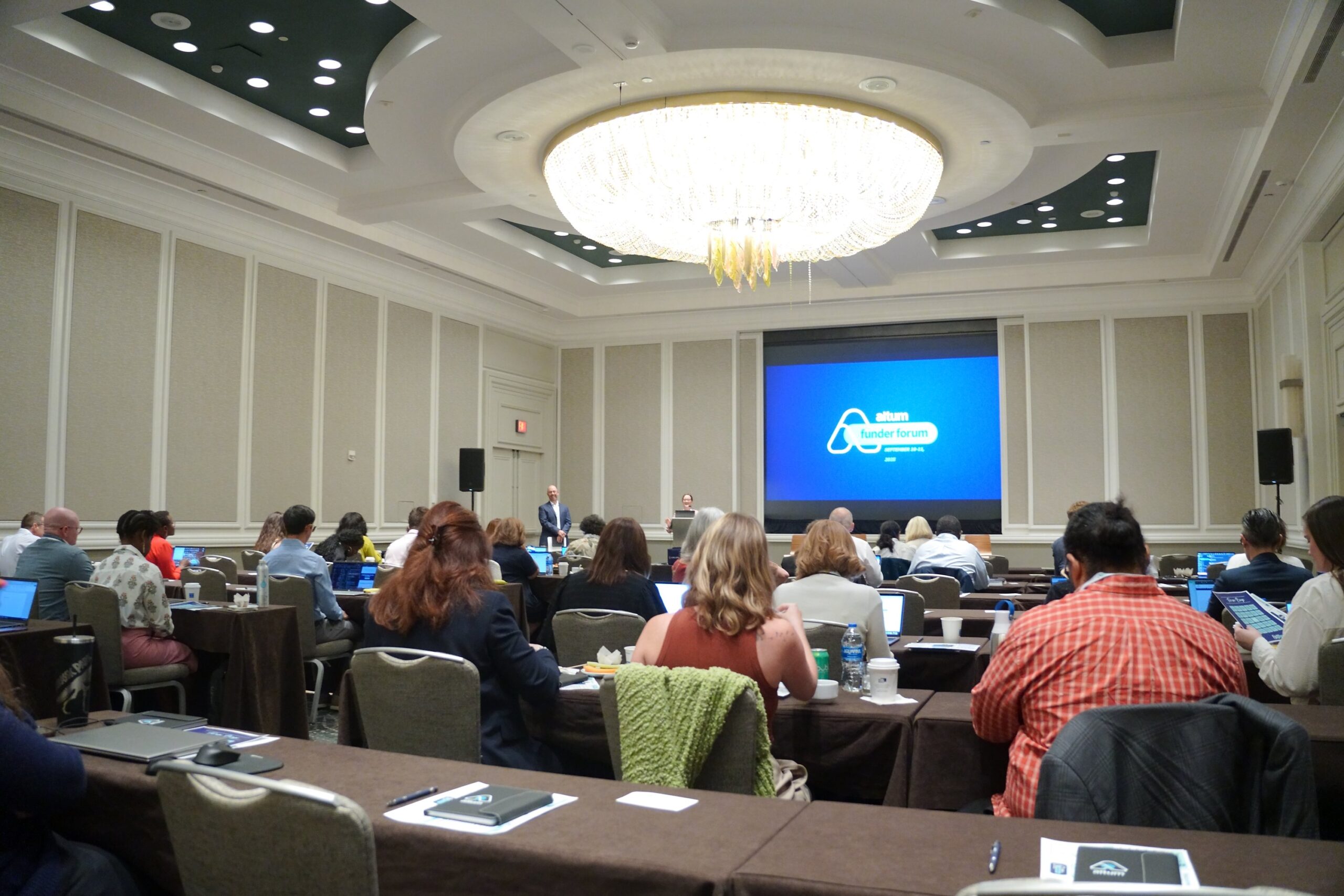At Altum, we understand that good grant making can fall short due to the inflexibility of established processes. When antiquated systems go unchecked and unchallenged, both efficiency and effectiveness can suffer. Grantmaking teams are often exerting considerable effort to fulfill demands within these limitations, and they don’t have the bandwidth to evaluate the mechanisms that define the process in the first place. They may not even think to question the underlying assumptions of the system.
But a new year requires new resolutions to improve these systems and optimize them for the future. Here are some suggestions to consider for improving the grant making process in 2024:
1. Embracing New Trends
Research grant making is continually shaped by emerging trends. In 2023, key drivers included a heightened focus on technology, interdisciplinary collaborations, and a demand for sustainable solutions. Understanding and aligning with these trends can help grant makers stay relevant and impactful. By actively engaging with the latest developments in research areas, funders can ensure that their grants contribute to cutting-edge advancements.
2. Navigating Economic Uncertainty in Granting
Economic uncertainty poses challenges for both donors and grant recipients. Grant makers must adapt strategies to navigate these uncertainties, such as implementing flexible funding models and contingency plans. Collaboration with financial experts can provide insights into sustainable funding approaches, ensuring that grants remain robust even in volatile economic conditions.
3. Embracing Impact Reporting and Alternate Impact Measurements
In 2024, grant makers are placing an increased emphasis on impact reporting and exploring alternative measurements beyond traditional metrics. Adopting comprehensive impact assessment frameworks can provide a more nuanced understanding of a project’s outcomes. This shift towards a more holistic approach enables grant makers to assess the real-world effects of their funding and make informed decisions on future investments.
4. Promoting Joint Funding and Collaboration
Collaborative grant making and joint funding initiatives are gaining prominence. By partnering with other organizations and pooling resources, grant makers can amplify the impact of their contributions. Joint funding not only diversifies financial support but also fosters a collaborative environment where ideas, expertise, and resources are shared, leading to more comprehensive and sustainable solutions.
5. Adoption of Persistent Identifiers (PIDs) and Metadata
To enhance transparency and traceability in grant making, the adoption of Persistent Identifiers (PIDs) and metadata is crucial. PIDs ensure the unique identification of research outputs and contributors, facilitating accurate attribution and acknowledgment. Incorporating robust metadata practices improves data interoperability, enabling better tracking of the impact of funded projects.
As grant makers step into 2024, we need to proactively embrace the changes that come naturally in our ever-evolving industry. By getting ahead of research trends, navigating economic uncertainties, and learning from the reshaped grant-making landscape post-Covid, we can improve our abilities to get funding where it needs to go. Ultimately, we’re here to advance knowledge and societal well-being—if we’re going to do it effectively in 2024, we can’t rely on business as usual.





